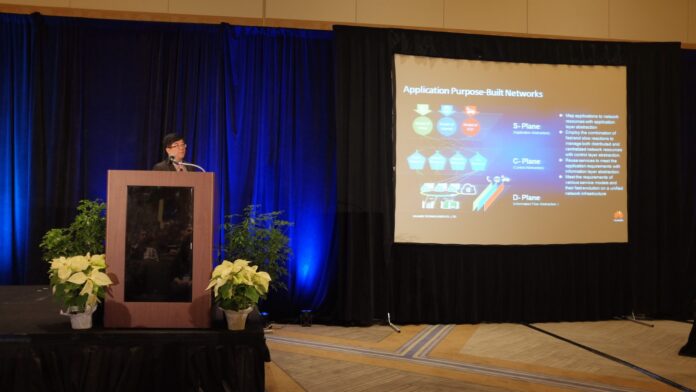Huawei Fellow Wen Tong laid out the need for an application-driven network during the IEEE Globecom conference
SAN DIEGO – Huawei reps this week made the case for a new type of network architecture, the application-driven network that puts applications first and also incorporates network functions virtualization and software-defined networking technologies.
Huawei Fellow Wen Tong said ADN allows for more efficient networks and will help support next-generation 5G services and features.
“Our innovative ADN architecture vision puts applications at the network’s core to deliver significant application-efficiency gains for networks,” Tong said. “Unlike traditional network architectures, ADNs will support application abstraction, network re-programmability, global and local coordination of network resources, and application decoupling by service layering. With these advantages, ADN is poised to meet a variety of future application demands, for example, in 5G networks.”
According to the company, ADNs will allow for “5G” network slicing. While incorporating SDN and NFV, an application-driven network will look to take a more end-to-end approach regarding the network architecture.
Huawei reps said ADNs “can create more stable networks, accommodate future application-led change demands and cope better with the impact of other uncertainties in terms of services. In addition, ADN will transform network operation models, enabling a fundamental shift in focus from network-led KPIs to service experience-led KPIs, allowing carriers to improve and create new network revenue streams.”

